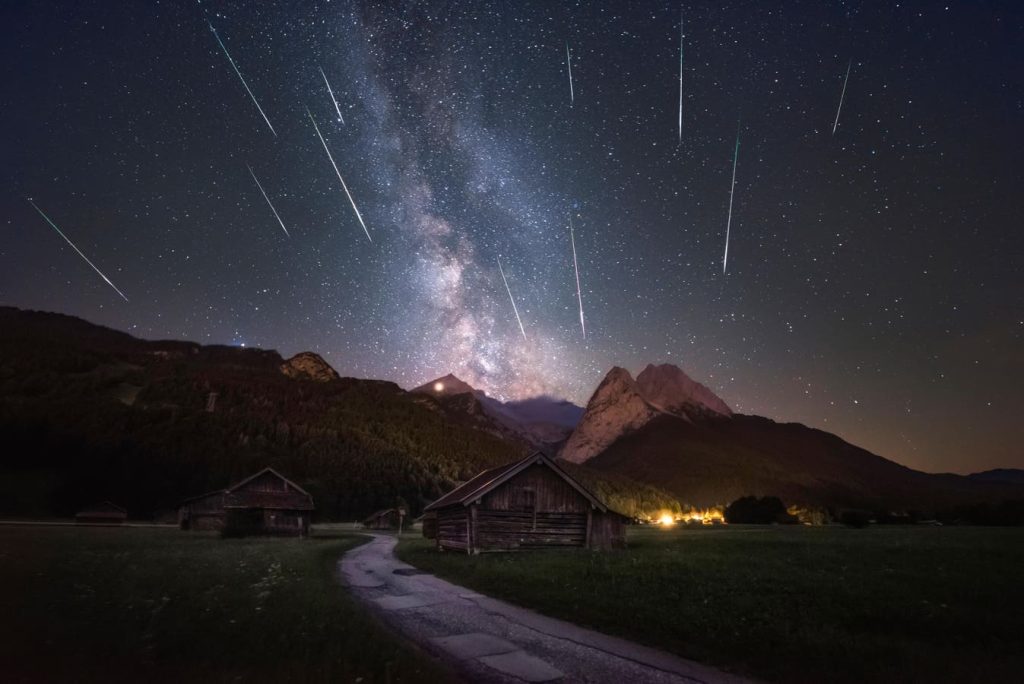The year 2024 offers a variety of exciting astronomical events for stargazers to enjoy, even after the Great North American Eclipse has passed. From planetary conjunctions to meteor showers and lunar phenomena, there is something for everyone interested in observing the night sky. One of the highlights is the Eta Aquariids meteor shower in May, originating from the debris of Halley’s Comet. Additionally, rare sights such as the Blue Moon and the peak brightness of Comet Pons-Brooks are not to be missed.
In April, stargazers can witness the close proximity of Jupiter and Uranus in the western sky, along with the peak brightness of Comet Pons-Brooks on April 21. Later in May, the Flower Moon will rise near the red supergiant star Antares in the Scorpius constellation, providing a beautiful celestial sight. June brings the opportunity to observe the International Space Station and the breathtaking sight of the Manhattanhenge phenomenon in New York City.
As the year progresses, other noteworthy events include the conjunction of Jupiter and Mercury in early June, the occurrence of the Strawberry Solstice Moon following the summer solstice in June, and the conjunction of Mars and Uranus in July. The Perseid meteor shower in August promises to be a stunning display of shooting stars, while the alignment of Mars and Jupiter in August provides another celestial treat for observers.
September brings the chance to witness Saturn’s rings at their best, as Earth aligns with the planet to offer a pristine view through a small telescope. The Super Harvest Moon Eclipse on September 17 will be a rare event, combining a full moon eclipse and a supermoon for viewers in various parts of the world to enjoy. Additionally, the fall equinox in September increases the likelihood of observing the beautiful Northern Lights in the Arctic Circle and northern regions of the U.S.
For those eager to witness these celestial events, it is recommended to consult online planetariums for specific times and locations based on mid-northern latitudes. By checking planet rise/set, sunrise/sunset, and moonrise/moonset times, stargazers can plan their viewing sessions accordingly. With clear skies and open eyes, astronomy enthusiasts are in for a treat with a myriad of captivating sights awaiting them throughout the year 2024.


